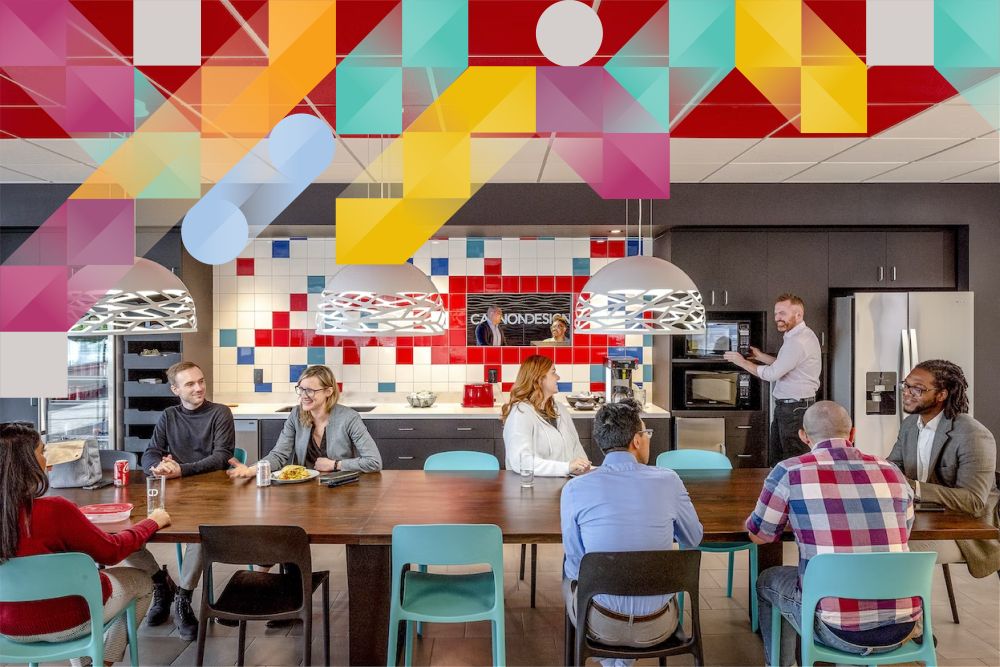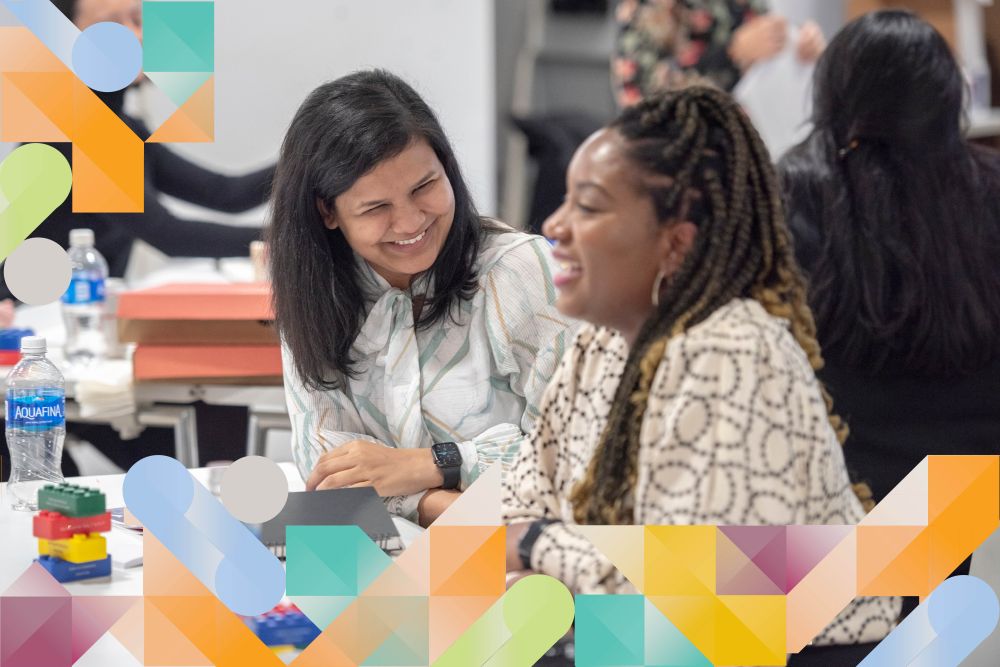How organizational viability is tied to DEI and social impact
Andrea Martin
September 23, 2022
Social Sharing
“Not everything that is faced can be changed, but nothing can be changed until it is faced.”— James Baldwin
These words written 50 years ago echo eerily relevant today. On May 25, 2020, a “new age” of diversity, equity and inclusion (DEI) and social impact was ushered into the lexicon of our lives. The tragic murder of George Floyd sparked a worldwide reckoning around how DEI and social impact are recognized, represented and reconciled in all sectors of professional and personal life. Organizations came to an abrupt realization that DEI and social impact were no longer optional elements to create an illusion of feeling good but are now imperative to remain a viable business, partner and employer of choice.
Becoming an employer of choice
From recent college graduates seeking entry-level positions to mid- and senior-level employees with evolved employer expectations, top candidates of today are more influenced by company values than earnings.
In fact, 80 percent of workforce entrants are looking to select an employer that is focused on DEI and social impact—a data point that stratifies all racial and ethnic groups. Harvard Business Review reports EBITDA margins (earnings before interest, taxes, depreciation and amortization) for companies with diverse management teams were nearly 10 percent higher than for companies with below-average management diversity.
Diversity is important, but to activate the power of diversity, inclusion must be genuine and ever-present. An employer of choice is one that trains inclusive leaders, captures the “voices” of those who traditionally may not be involved in strategic endeavors, adopts inclusive decision-making processes, and allows cultural nuances to inform an outcomes-based framework that is built on the premise of creating community. Organizations must create workplace dynamics that authentically influence how we work, live, play and relate in our community ecosystems.
In this new awakening around inclusion and social impact, many company leaders are asking—"what should we do?"
My response to that question is that organizations must create workplace dynamics that authentically influence how we work, live, play and relate in our community ecosystems. This change is actualized through relentless commitment to outlive trending conversations by elevating DEI and social impact as active instruments that drive social, community and business outcomes. By positioning DEI and social impact as key strategic drivers for an organization, organizations create a mechanism to establish guardrails that identify, eliminate and prevent the harm of bias, discrimination and lack of inclusion in every form. This change demands evangelism and practice at the highest organizational leadership levels.
Leading organizations in DEI and social impact have seized on this reality and ignited the commitment to pursue transformational change. Their leaders have adopted a perspective that stretches beyond company surveys focused on percentages of diversity demographics to explore deeper forensic evaluations that unearth the critical nuances of driving sustainable change. The goal is to accurately express the levels of equity and inclusion based on how individuals are developed, promoted and sponsored within the organization.
Catalyzing improved generational outcomes
A commitment to social impact is also essential to driving relevance. Social impact appreciates the unique identities of people, workplaces and communities to create the change necessary for them to reach their maximum potential. Corporations that have successfully leveraged their power to transfer wellness externally—such as Patagonia and Google—are among the most relevant employers in today's market, agnostic of industry. These companies are advancing humanity through their approach to employee wellness and engagement as well as their commitment to combating conditions that affect millions of lives. As leaders assess the company values on which to build their future business practices, there must be a focus on addressing critical social issues.
For example, our Blue Cottage of CannonDesign social impact and DEI consultants aim to improve holistic community well-being through culturally competent design solutions and strategies. Our approach is to deeply engage with each respective community to determine the drivers of the ecosystem. We use our findings to intentionally design a space or integrated solutions that address the physical, psychological, financial and social needs of communities. It is beyond driving belonging—the focus of social impact is to create solutions that will be a catalyst for improving generational outcomes. It's embedded in our minds and throughout our business practices to lead our clients in delivering lasting breakthroughs that advance the human condition—an approach that will help our clients thrive.
Rising to a new standard
Ideally, company leaders voluntarily chose to prioritize DEI and social impact, but those who are slow to act will eventually face mandatory compliance. Business governance bodies ranging from professional associations to the Securities and Exchange Commission are taking action to remove systemic barriers that have stunted access, opportunity and, in many cases, the quality of life for underrepresented candidates and their communities—a trend that shows no signs of reversing.
Consider the new guidelines adopted by The Joint Commission (TJC), a national accrediting body for healthcare organizations and programs. As of Jan. 1, 2023, TJC will implement new accreditation standards to accelerate equity efforts within healthcare organizations. The updated standards include strategies for screening patients for social determinants of health and adding demographic breakdowns to quality and safety data. The accrediting body will require organizations to leverage this information to develop equity action plans, with a goal of reducing health disparities. Failure to comply with these guidelines may impact an organization’s accreditation or reimbursement potential, and in turn, the future of its business.
Also, the first pillar of the Centers for Medicare and Medicaid Services’ Strategic Plan is health equity. Prioritizing equity in how care is delivered and eventually reimbursed is a massive pivot in healthcare.
DEI and social impact used to be topics on the “softer” side of business, but as we look toward the future, a company’s commitment to equitable practices will determine its long-term viability, agnostic of industry. The level of awareness and demand for change at every level of community has been elevated and the time to act is now.
As strategic design advisors, it's our role to help business leaders recognize the significant outcomes achieved through the intentional intersection of DEI and social impact. It's about going beyond designing to representation but to reconciliation, aligning the critical nuances of community in every step of the process. If top performance, innovation and integrity are standard expectations for driving the future of business, then diversity, equity, inclusion and social impact must also be part of the equation. The reimagining of diversity, equity and inclusion is a tough change. But it's worth the effort.







